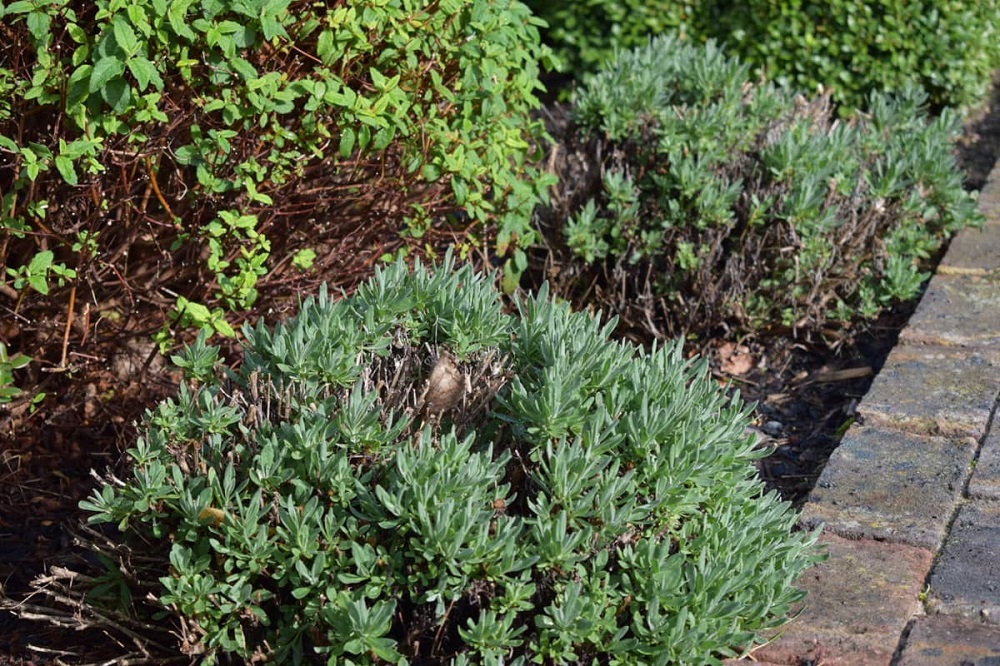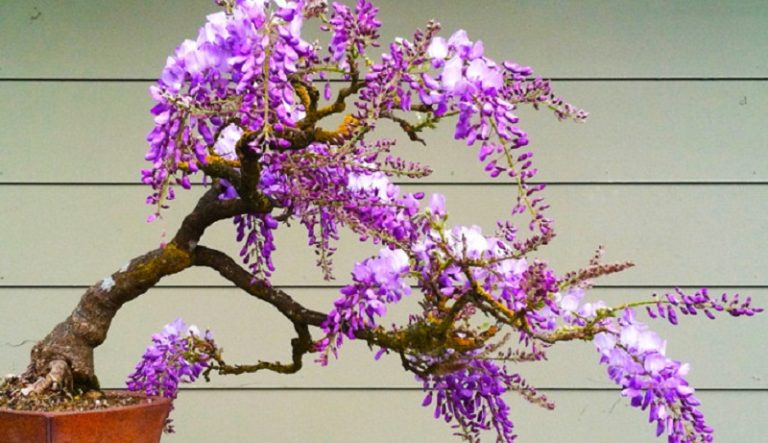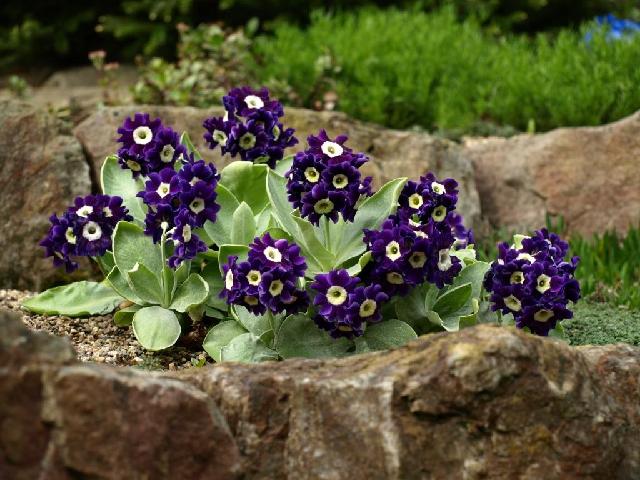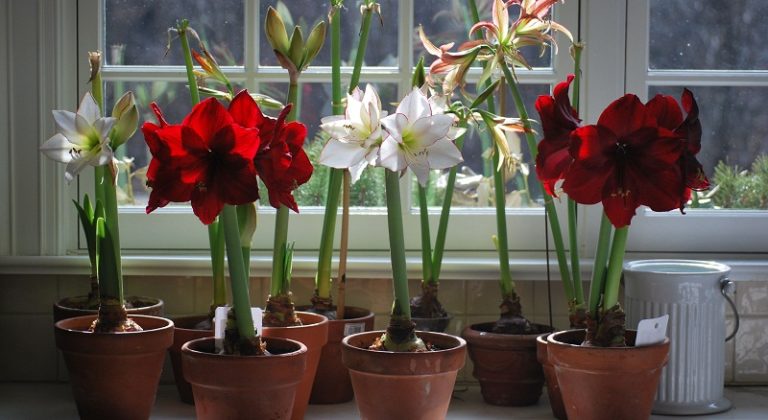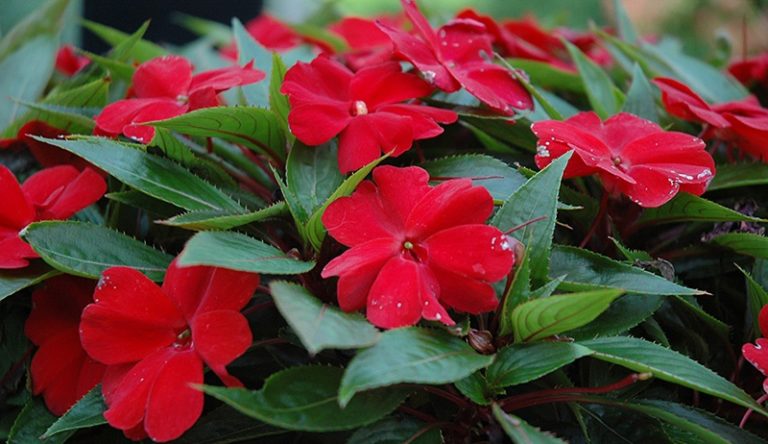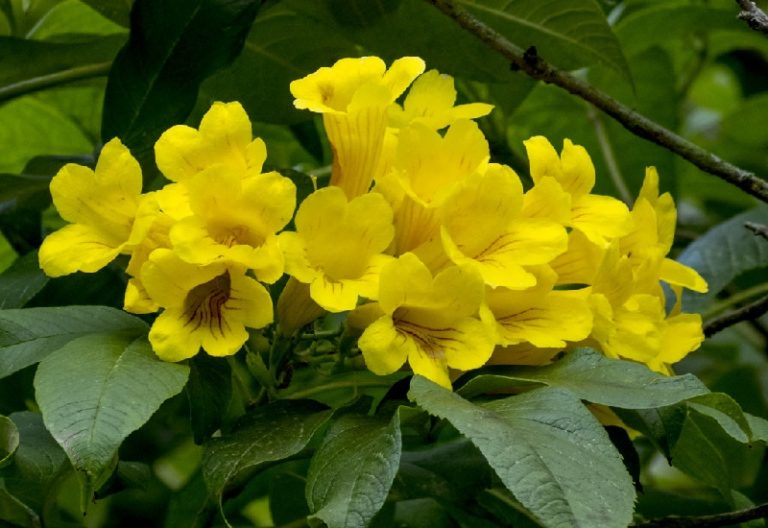Preparing lavender for winter
To prepare lavender for winter, you need to carry out a number of procedures, namely: weeding, loosening the soil, pruning, mulching, fertilizing and binding.
So that lavender does not freeze, in September – Octoberand, depending on the weather conditions of your region, you need to prepare the bushes for winter.
1. Loosening, weeding
Loosening must be carried out to increase air exchange, reduce the likelihood of root rot.
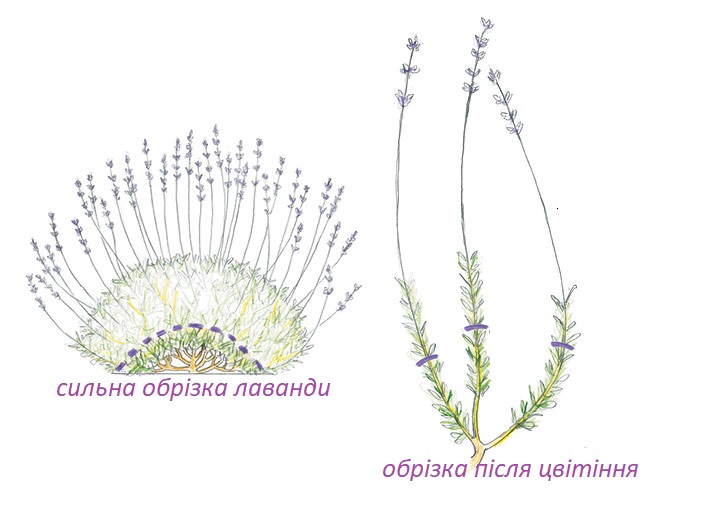
2. Pruning lavender
After flowering, they begin to prune lavender bushes . Autumn pruning is needed not only to maintain the decorative effect of the bush, but also to reduce the risk of its freezing and breaking out of shoots in winter. Long shoots of lavender bushes are most prone to freezing and breaking.
When to prune lavender in autumn? This is quite a difficult question. Some gardeners believe that lavender should be pruned immediately after flowering in July, autumn, and corrective pruning should be done in the spring. Tip: don’t be afraid to prune lavender, it grows back nicely.
Tips from our readers for autumn pruning of lavender:
From my own observations, it has been noticed that when pruning lavender completely in July, flowering stops and lavender blooms in the second, but much “poorer” than the first. And if the lavender is not completely cut off, but only the faded pedicels, so there is a lot of work, then flowering can be extended until frost.
“My lavender blooms from June until autumn pruning. It’s such a pity to prune it in October, because the bushes bloom profusely. But for a successful wintering, this must be done.”

Ways to prune lavender in the fall:
Formative pruning: lavender bushes are pruned at the desired height, forming a bush in the form of a ball or border. Cut only 5 – 10 cm from above, forming a bush.
Strong pruning: leave only 3-6 cm of shoot above the surface. Even with minimal snow cover, such a plant will overwinter without loss. But such pruning should be done in September – October, so that the bush has time to build up green mass.
Late pruning: If you did not have time to prune the lavender before frost, then leave the pruning until spring, but tie the bushes so that the snow does not break them. Otherwise, pruning in late autumn will lead to increased sensitivity of the plant and instability to frost, cold winds.
Important: After pruning, lavender bushes need to be watered abundantly regularly so that the bush has the strength to build up green mass. Without regular watering, it can dry out.
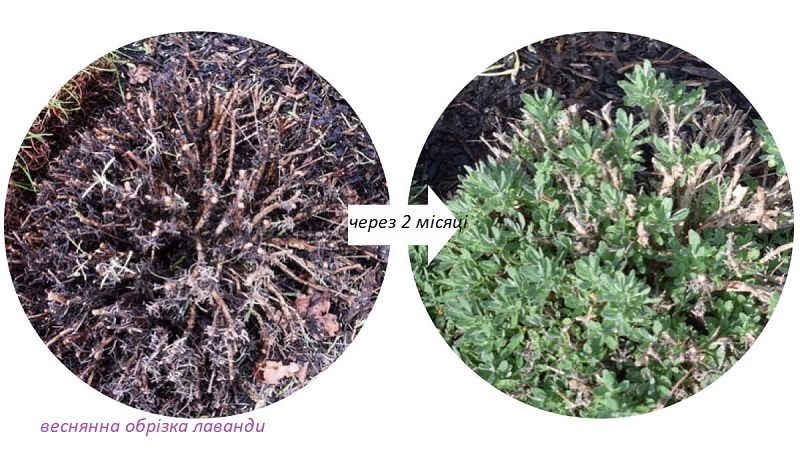
3. Lavender fertilization
Lavender seedlings for the winter must be fed with fertilizers containing phosphorus and potassium. These substances increase the winter hardiness of the bush, increase the immunity of the plant. Nitrogen fertilizing stimulates new vegetation, they cannot be applied from the second half of summer. Unripe shoots are most prone to freezing, this will weaken the lavender bush. Top dressing can be combined with loosening, laying fertilizer in the soil. You can use water-soluble compounds, which are diluted in accordance with the instructions and used for irrigation. The soil should be well moistened before fertilizing so that the roots do not get burned.
4. Mulching lavender bushes
Mulching the soil will keep the roots of the plant from freezing and drying out. Straw and needles are poured in a layer of 10-12 cm. Do not use leaf litter and shavings, as they contribute to the damping of lavender and its death.
5. Shelter for the winter
Successful wintering of lavender in the garden directly depends on the region of cultivation, the correct planting and care of the plant. If you cut the lavender bushes in time in the fall, then it will overwinter without additional shelter. After all, lavender tolerates low temperatures well.

